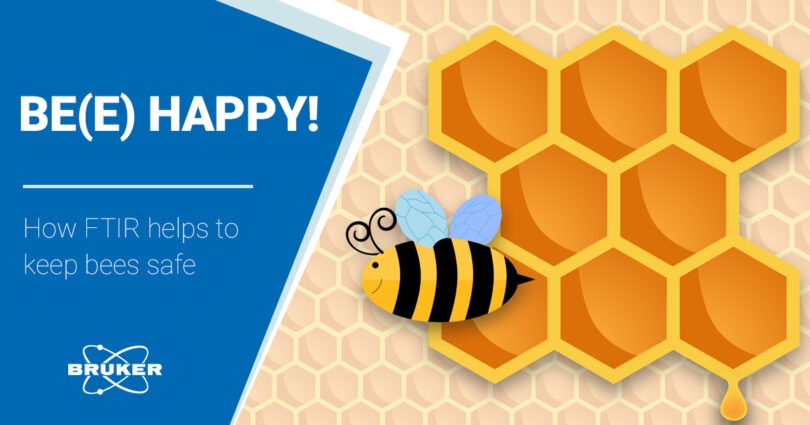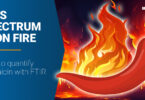The FTIR analysis of raw beeswax can uncover adulteration and protect bees by verifying the quality of artificial bee boxes. Let’s find out how.
Beeswax is a real all-rounder. It was already used in prehistoric times, and today it is still used in candles, as a lubricant or in cosmetics. As a genuine natural product, beeswax is more expensive than industrially produced, crude-oil based waxes such as paraffin. So it comes as no surprise, that beeswax products thus are often laced with paraffin to increase profit.

These type of scams came to public attention mainly due to a significant rise in bee larvae mortality. But how did this happen?
To increase honey production, beekeepers install artificial beeswax sheets. When these sheets are diluted with paraffin or stearin, the stability of the combs is diminished, and the larvae are poisoned. This adds to the already dire situation of honeybees, caused by diseases, pesticides, and the lack of flowering plants.
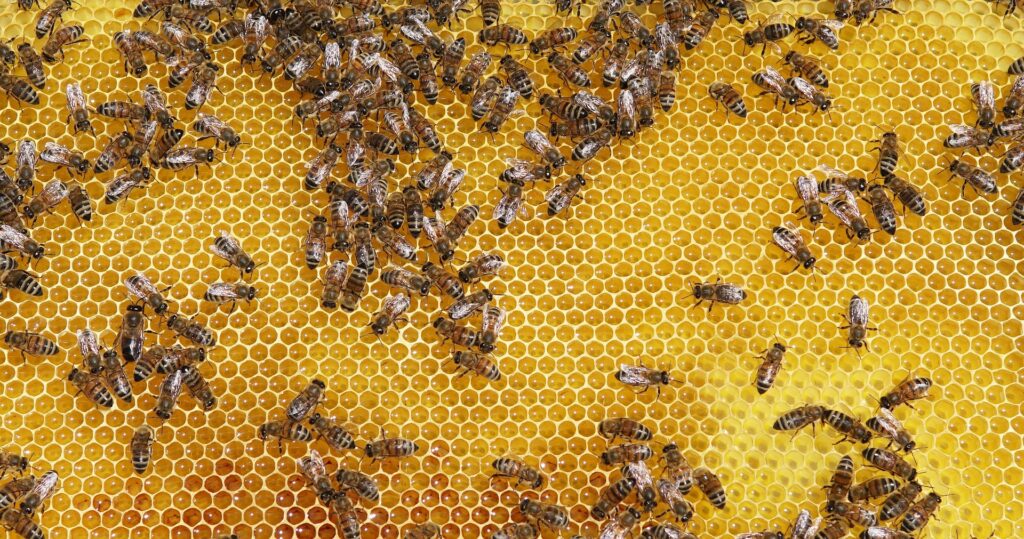
Thankfully however, there is a technique that offers a straightforward approach to this problem.
Beeswax analysis by FTIR
Using Bruker’s FTIR spectrometers ALPHA II or the brand-new MOBILE IR II in ATR mode, even inexperienced users can easily and quickly determine if beeswax sheets are adulterated or not.
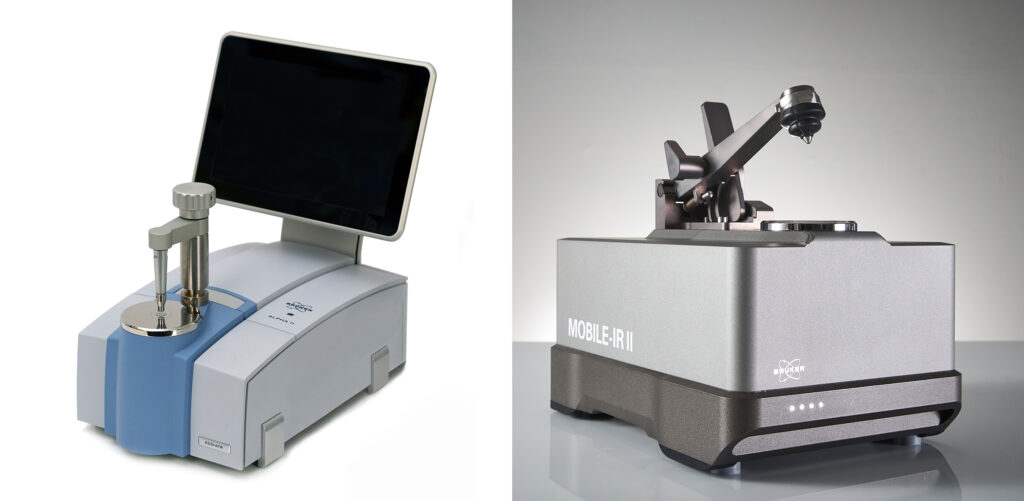
To demonstrate the accuracy of this method, we analyzed 3 samples. Pure beeswax, paraffin, and a beeswax sheet. For that we simply placed the material onto the ATR crystal, applied pressure and started the measurement. In less than a minute the results were shown, and the material was identified through a library search.
The following figure shows the differences between the spectra of beeswax and paraffin for comparison (A) and a mixture analysis of the beeswax sheet (B). The mixture analysis shows that in addition to beeswax the sheet also contained the cheaper paraffin and a water-repellent. In this case the product should not be used in the beehive as it would cause considerable damage.
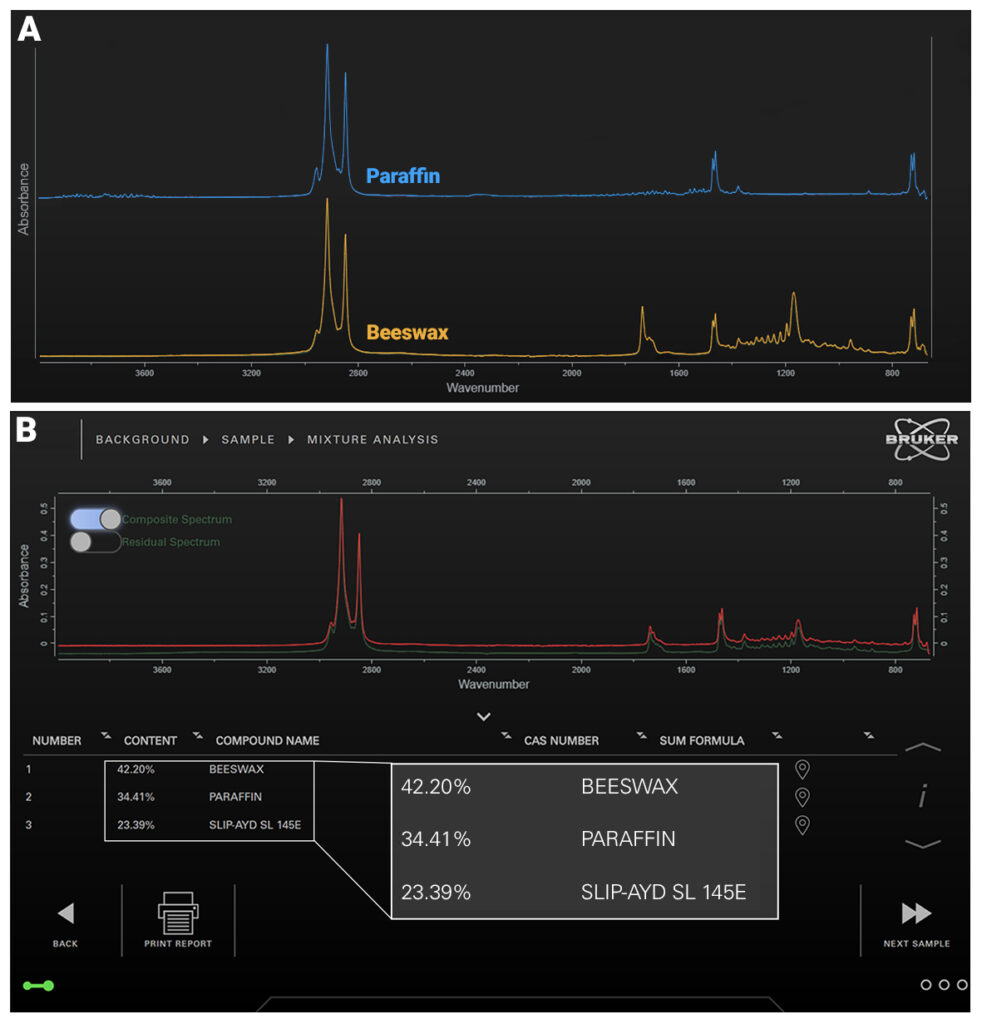
Honey affected?
Now, of course, the question remains how far this adulteration affects the quality of honey and the health of its consumers. Research on this topic is still scarce. However, preliminary studies show that while honey quality and its shelf life is indeed impaired, human healthy doesn’t seem to be impacted.
In case you want to learn more about waxes in our environment, go ahead and read our blog article about perfluorinated waxes or watch our video about beeswax and paraffin candles.


